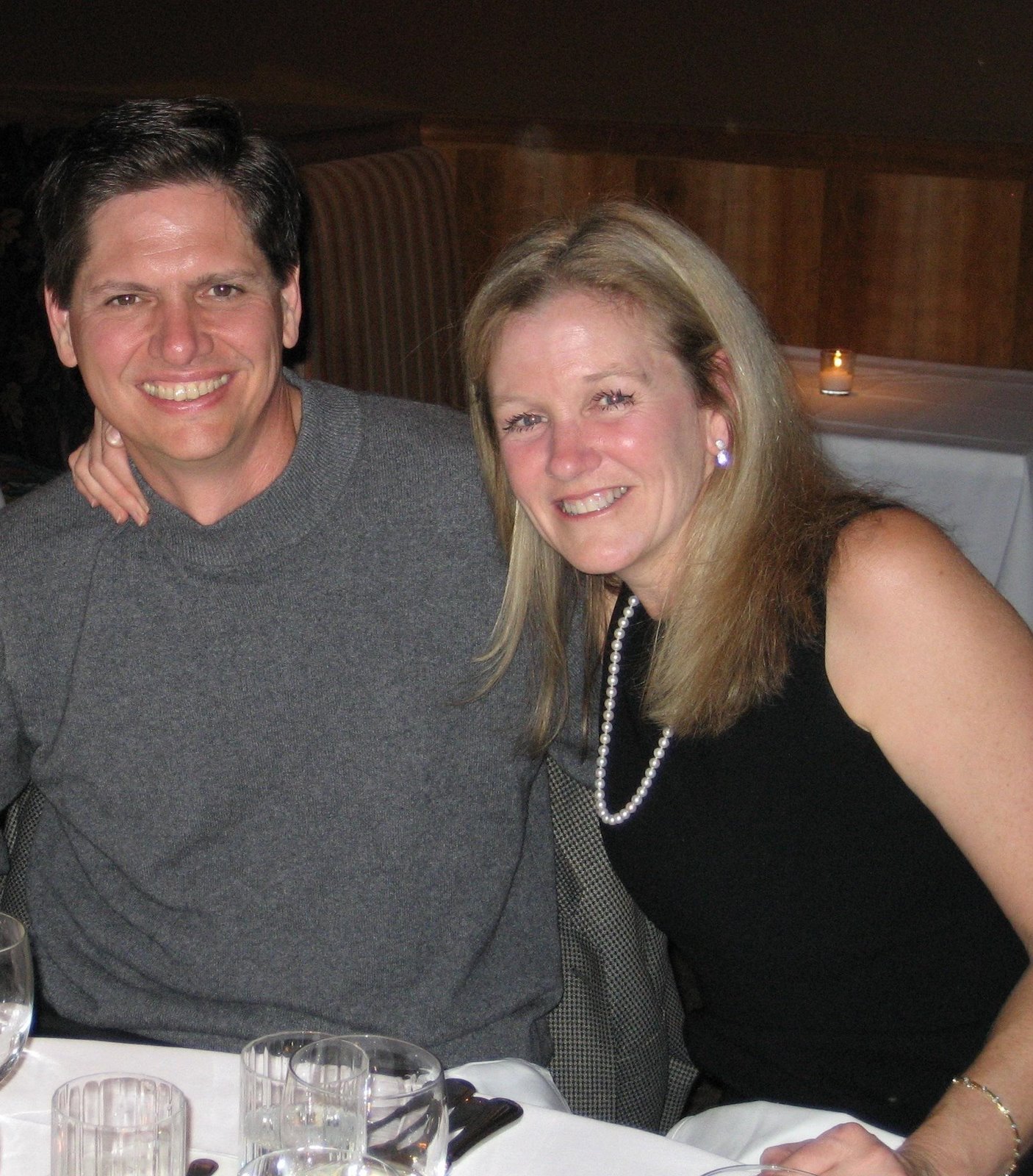Thursday, March 25, 2010
Hollandaise Sauce
Maybe it was the "spring forward" time change that motivated the first Sunday brunch service; or do folks like to sleep in on Sunday morning after celebrating on Saturday night? For whatever reason, brunch has become a springtime tradition. When the occasion is special, I like to make a special dish. To me the perfect hollandaise sauce makes the perfect condiment to make a perfect brunch.
Hollandaise sauce is essentially warm mayonnaise that uses clarified butter in the emulsion instead of vegetable oil. Since butter is essentially "frozen" at room temperature, hollandaise sauce is served warm. The classic eggs Benedict has hollandaise sauce keeping the delicate poached eggs warm while adding richness and delicious flavor. Hollandaise is also excellent with asparagus just like lemon scented mayonnaise is with the spring vegetable. When you read the recipe below, do not be alarmed by the amount of butter in the sauce, just don't serve it more than once a year!
While hollandaise is a difficult sauce to make in the classic style, it is worth the effort. It will also keep you in training for making your own mayonnaise and aioli. Two keys to a perfect hollandaise: 1) Heat the egg yolks slowly and gradually. If heated too quickly the sauce will become granular while overcooking scrambles them. 2) Hollandaise is an emulsion much like mayonnaise. The melted butter must be added slowly at first and adding too much of the total amount of butter will cause the sauce to break or curdle.
Today I was unable to work because of a back injury, so I practiced making hollandaise sauce to prepare for our upcoming meetup. It was awesome served over poached egg on a toasted bagel for my singular brunch today. We will make the sauce to crown eggs Benedict souffle's in our meetup on Saturday.
Hollandaise Sauce (Serves 4 to 6 as a condiment)
Ingredients
3/4 cup butter
3 egg yolks
1 tablespoon cold water
1 tablespoon fresh squeezed lemon juice
Large pinch salt
2 tablespoons cold butter (each tablespoon will be used separately)
Cayenne or Tabasco plus salt and white pepper to taste
Method
Cut the 3/4 cup of butter into cubes and melt in a small saucepan. Reserve and use while still warm.
Beat the yolks with a wire whisk off heat until thick and sticky about one minute.
Add the water, lemon juice and pinch of salt and whisk together about a half minute more.
Have a pan of cold water standing by in case needed to control cooking of yolks.
Place egg mixture over barely simmering water in a double boiler, add 1 tablespoon cold butter and whisk until it thickens into a smooth cream about 2 minutes.
If the yolks seem to be thickening too quickly or even suggest a lumpy texture, plunge the bottom of the pan into cold water to slow the cooking process. Then continue beating over heat. When you begin to see the bottom of the pan between strokes and there is a light cream on the wires of the whisk the yolks have thickened enough.
Immediately remove from heat and beat in the second cold tablespoon of butter to cool the yolks and stop the cooking process.
While beating the yolks off heat with the wire whisk, begin adding the melted butter a droplet at a time until the sauce thickens into a very heavy cream. At this point you may add the butter more rapidly while continuing to beat vigorously. Do not mix in the milky residue at the bottom of the melted butter (milk solids).
Season the sauce with cayenne, salt and pepper to taste. Hold over lukewarm water.
Subscribe to:
Posts (Atom)


